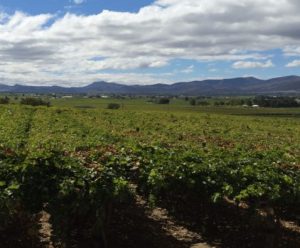Primary Functions
- Learn how LafargeHolcim has expanded flood management infrastructure and helped create wetlands in the south of France.
Detailed Description
Annual flooding is commonplace in some parts of the world, including where LafargeHolcim operates. Over the last 17 years to address this issue, the company has worked with the local municipality of Bellegarde in the south of France to expand the flood prevention infrastructure through quarry rehabilitation and management programs and created wetlands that have been fully operational since 2015.
The overflow of Rieu exposes the municipality of Bellegarde (population of 6200 people) to the risk of flooding. Over the years, LafargeHolcim has gained experience managing changes in river flow dynamics by designing quarry rehabilitation and managing operations to mitigate flood risks. This particular project was driven by regulatory requirements and community demand.
The project required partnership with the local municipality and regulatory bodies to satisfy both security and environmental objectives. The project was developed taking into account the following issues: landscape, hydrogeology and hydrology, natural areas, and transport of extracted materials.
The extracted quarry areas were converted into stormwater reservoirs with a capacity of 2.5 million cubic meters, reducing the risk of flooding to the local communities. In addition to the constructed wetlands, the completed system includes automated flood control gates, piping, and channels. When the level of the waterway rises, the system releases water, in a controlled manner, from the river into the basins. The rehabilitation included the creation of shoreline areas and gently sloped riverbanks with varied contours, which offer diverse natural habitats (for example, ponds, resting places, and small islands) that are favorable to many species. The ecosystems created in the Bellegarde reservoirs are mostly wetlands that provide regulation services, such as water purification.
This project is applicable for most quarries located near a river or water basin provided there is access to sufficient land and area for storage created through quarrying activities. In designing this type of system, it is important to ascertain the needs of the natural environment and local communities.





